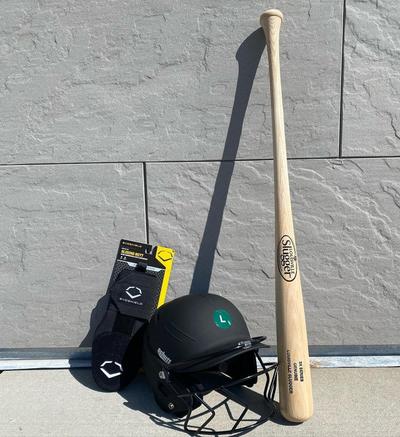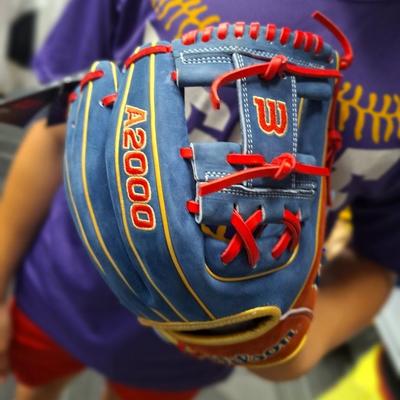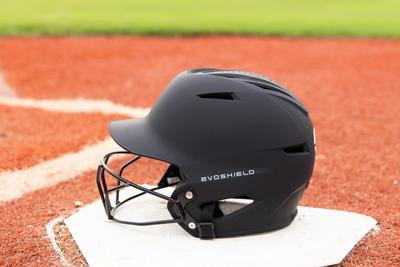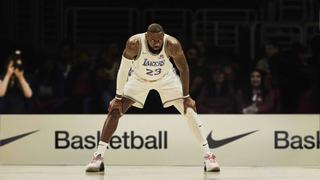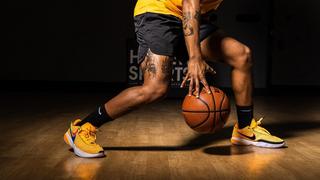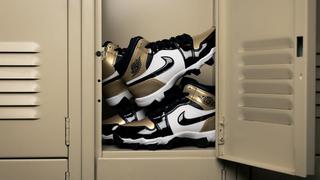Now that baseball is back, you need more than your game face on. With spring training in session, it’s time to choose the baseball gear that will help you shine your brightest on the diamond. Let’s take a quick look at the essentials, including cleats, bats, fielding gloves, baseball catcher’s gear and all the rest.
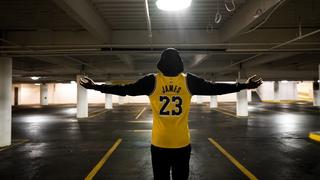
Oct 7, 2025
Discover the best LeBron sneakers for hoopers and hypebeasts. We break down the top picks for traction, comfort and street-ready drip.
Read More


